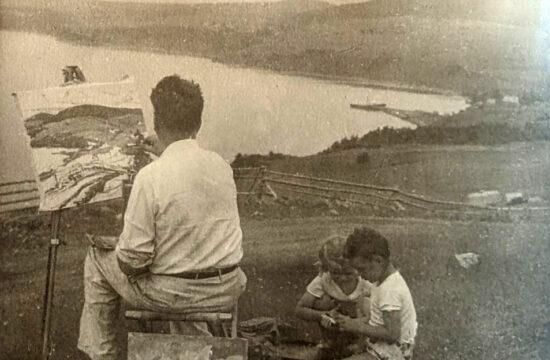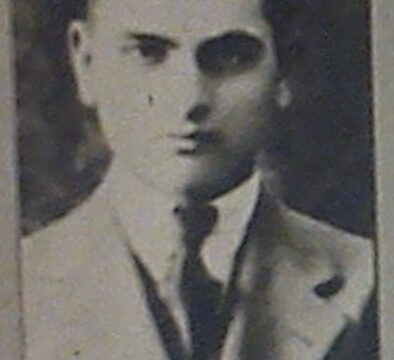By James Matthews
A group in Algonquin Highlands is working to shed light on the importance of maintaining a dark sky.
There are six of what’s called Dark Sky Preserves in Ontario. And Algonquin Highlands township council heard during its May 1 meeting about an effort toward possibly limiting artificial light in the area.
Dark sky policies are a means to try to reduce light pollution in favour of preserving the night sky’s natural darkness. Limiting unnecessary artificial light, especially light directed skyward, benefits people, animals, and insects.
In fact, Haliburton County students Ella Honey and Angus conducted research last fall into artificial light’s impacts on animals and insects at three sites on Paudash Lake. Their project was conducted with the U-Links Centre for Community Based Research and supervised by Trent University professor Dr. David Beresford.
They found that cooler white light of lower wavelengths were not as harmful to nocturnal animals and insects and contributed less to what’s called skyglow. That’s what blots out the stars and constellations in the night sky.
Deputy Mayor Jennifer Dailloux, who represents council on the township’s environmental and stewardship committee, said there’s been more interest among the public in dark skies.
It has been on committee meeting agendas for a number of years, she said.
Municipal staff have been consulted on the possibility of pursuing various avenues toward something akin to a dark sky policy in Algonquin Highlands.
Based on the committee’s research and feedback from Sean O’Callaghan, the town’s planner, Dailloux said it is recommended that council take a harder formal look at a possible dark sky policy.
As per the recorded minutes of the committee’s March 4 meeting: The environment and stewardship committee resolved to request council further investigate dark sky policies with consideration to measures to preserve dark skies in the Township of Algonquin Highlands.
Mayor Liz Danielsen asked if municipal staff or committee members are expected to do the investigation.
“We have already done quite a bit of research on what different kinds of dark sky policies are currently in effect in Ontario, in rural areas, in areas close to parks, in reserve spaces,” Dailloux said. “We did that, we passed it along to staff.”
She said the next stage of the process would be determining the legislative framework to adopt an official dark sky policy.
“Which is more of a staff point of expertise than a general committee member point of expertise,” Dailloux said.
Options for addressing dark skies within municipal jurisdiction include inclusion in a property standards bylaw or a standalone dark skies bylaw designating an area as a Dark Sky Preserve. This process is through the Royal Astronomical Society of Canada.
Two case studies were discussed by the committee: The District of Muskoka Torrance Barrens and the City of Guelph. The Township of Georgian Bay also has a dark sky policy.
The committee requested information on the Algonquin Highlands’ existing policies for reducing light pollution from municipal facilities.
Danielsen said a dark sky bylaw isn’t something council could look into. But something along the lines of a policy may be doable.
“That’s why we would like staff to outline if it can’t be a bylaw in the way we were thinking before, could the other examples that we’ve pulled from other areas in Ontario possibly apply?” Dailloux said.
It was suggested that residents be surveyed about the importance of a dark sky policy.
Danielsen said much work has been done to lower lighting at some township facilities. But that raised concerns about security at and around those facilities during the night.
Angie Bird, the township’s CAO, said there has been a challenge with the lights at the tennis courts turning on at odd hours of the night. Because those lights are set by timers, the settings are changed due to power outages when they happen.
“We’ve worked at making sure those timers are appropriate,” Bird said.
When maintenance work is done at municipal facilities, lights are changed to LED lighting. And she said that lighting has been directed downward.
Dailloux suggested that people be asked in the survey which township facilities are considered to be too bright.
“Just to know what those hot spots might be,” Dailloux said.
“I’m not sure that I would agree with doing that,” Danielsen said. “I’d rather keep it more general. If there are specific things that the committee would like to recommend that we do for our facilities, that’s fine.”
The mayor said excessive lighting and skyglow is likely more of a concern about properties around lakes.














